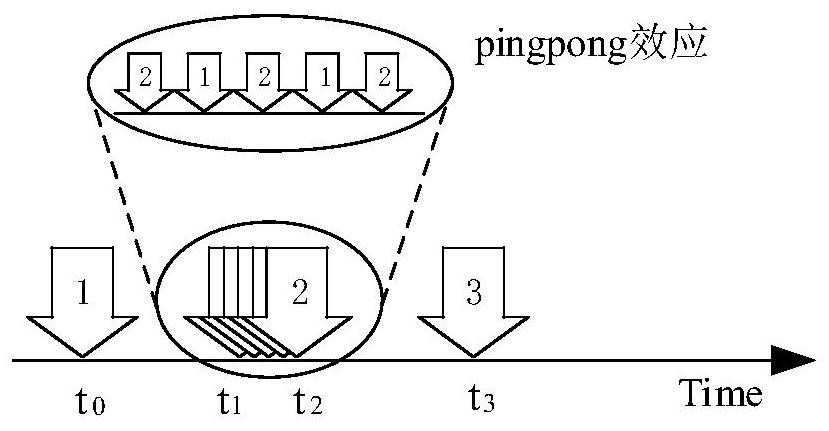Method for recommending next position of campus user based on space-time attention network
A user and campus technology, applied in the next geographic point of interest recommendation field, can solve the problems of low algorithm efficiency, failure to consider the impact of space-time background on POI recommendation, and increase algorithm overhead, etc.
- Summary
- Abstract
- Description
- Claims
- Application Information
AI Technical Summary
Problems solved by technology
Method used
Image
Examples
Embodiment Construction
[0053] The method for predicting the next position of campus users based on spatio-temporal attention network of the present invention proposes improvement ideas: (1) When using the PrefixSpan algorithm to mine the user's frequent sequence trajectory, the TDM-PrefixSpan algorithm is proposed to normalize the periodicity of the data, using frequent Mining sequences in the reverse order of item sets improves the efficiency of the algorithm, connects and generates new frequent item sets, and constructs a campus user behavior trajectory model; (2) In the data preprocessing stage, an SMM (Mobile Statistical Model) algorithm is proposed for the pingpong effect, reducing the need to construct a projection database and database scan runtime.
[0054] A kind of campus user's next position prediction method based on space-time attention network of the present invention, it specifically comprises steps as follows:
[0055] S1. Data preprocessing: SMM (moving statistical model) algorithm ...
PUM
 Login to View More
Login to View More Abstract
Description
Claims
Application Information
 Login to View More
Login to View More - R&D
- Intellectual Property
- Life Sciences
- Materials
- Tech Scout
- Unparalleled Data Quality
- Higher Quality Content
- 60% Fewer Hallucinations
Browse by: Latest US Patents, China's latest patents, Technical Efficacy Thesaurus, Application Domain, Technology Topic, Popular Technical Reports.
© 2025 PatSnap. All rights reserved.Legal|Privacy policy|Modern Slavery Act Transparency Statement|Sitemap|About US| Contact US: help@patsnap.com



